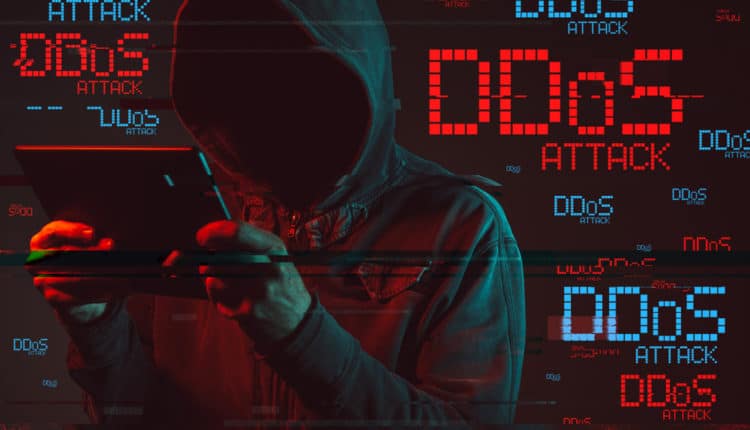 |
| DDoS attacks on education and government websites tripled in 2020 |
The distributed denial of service report from Kaspersky in the first quarter of 2020 shows that the total number of attacks increased significantly in the first three months of this year, most of which focused on government education sites and American sites. This increase may be linked to the destructive desire of the DDoS attacks to use conditions of social isolation and a strong dependence on digital resources for work and learning.
The emerging coronavirus pandemic invaded the world in the first quarter of 2020 and led to a major online change in almost all activities (especially learning, work, and entertainment). Destructors have noted the increasing demand for resources online and launched DDoS attacks against more or more important digital services. It is a leading target. For example, in February and March, the US Department of Health, a popular online game for many hospitals and servers in Paris.
Kaspersky's report shows that DDoS attacks on educational resources and government websites increased dramatically and tripled in the first quarter of 2020 compared to the same period in 2019. These attacks accounted for 19% of the total number of digital incidents in the European Union from the first quarter of this year.
Kaspersky experts note that the devotion's increasing interest in DDoS attacks is due to the increased dependence on people for Internet resources, which remains stable and available in similar circumstances.
While news and information about viral conflicts and preventive measures to combat the epidemic can be taken, people generally turn to official resources for accurate information and reliable advice, and many schools and universities have begun. Offering courses and conferences on the Internet. .
The detection and prevention of Kaspersky DDoS protection solutions in the first quarter of 2020 was twice the number of DDoS attacks detected and blocked in the fourth quarter of 2019, an increase of 80% compared to the first quarter of 2019. The average duration of attacks increased in the quarter The first of 2020, the average number of attacks increased by 25% compared to the first quarter of 2019.
Alexei Kislev, director of business development at Kaspersky's DDoS Attack Resolution Team, said disrupting Internet services due to DDoS attacks is a real challenge for today's enterprises, companies and government agencies. He pointed out that the Internet in general has become a means. He said: "The widespread dependence of organizations and companies on new companies provides customers with unique goods and services. This is because most attacks target company resources open to the public. Those responsible for DDoS attacks have new operators, and we now see DDoS attacks used to customize internal infrastructure elements." , Such as VPN gateways, VPNs, or mail servers. "
Kaspersky recommends the following procedures to help organizations protect their employees from DDoS attacks when they are working remotely and when attacker activity is common:
- To avoid panic, the increase in server traffic appears to be a DDoS attack, although it can be caused by a large number of regular users accessing resources that were previously unpopular or even unavailable.
- Perform infrastructure failure analysis to identify network vulnerabilities and improve reliability. Due to changes in attack vectors and traffic peaks, some resources can be run irregularly.
- Consider protecting non-public services from DDoS attacks as they can become more important for business continuity and can become targets for destruction.
